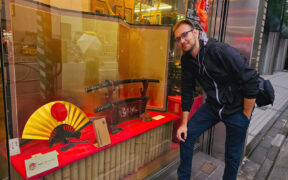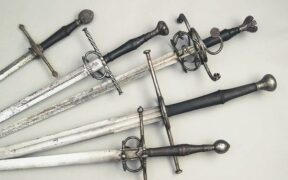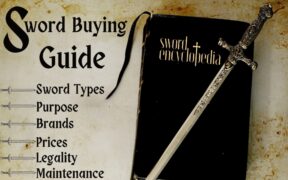Sword Costs Insights: Analysis of 126 Sword Shops
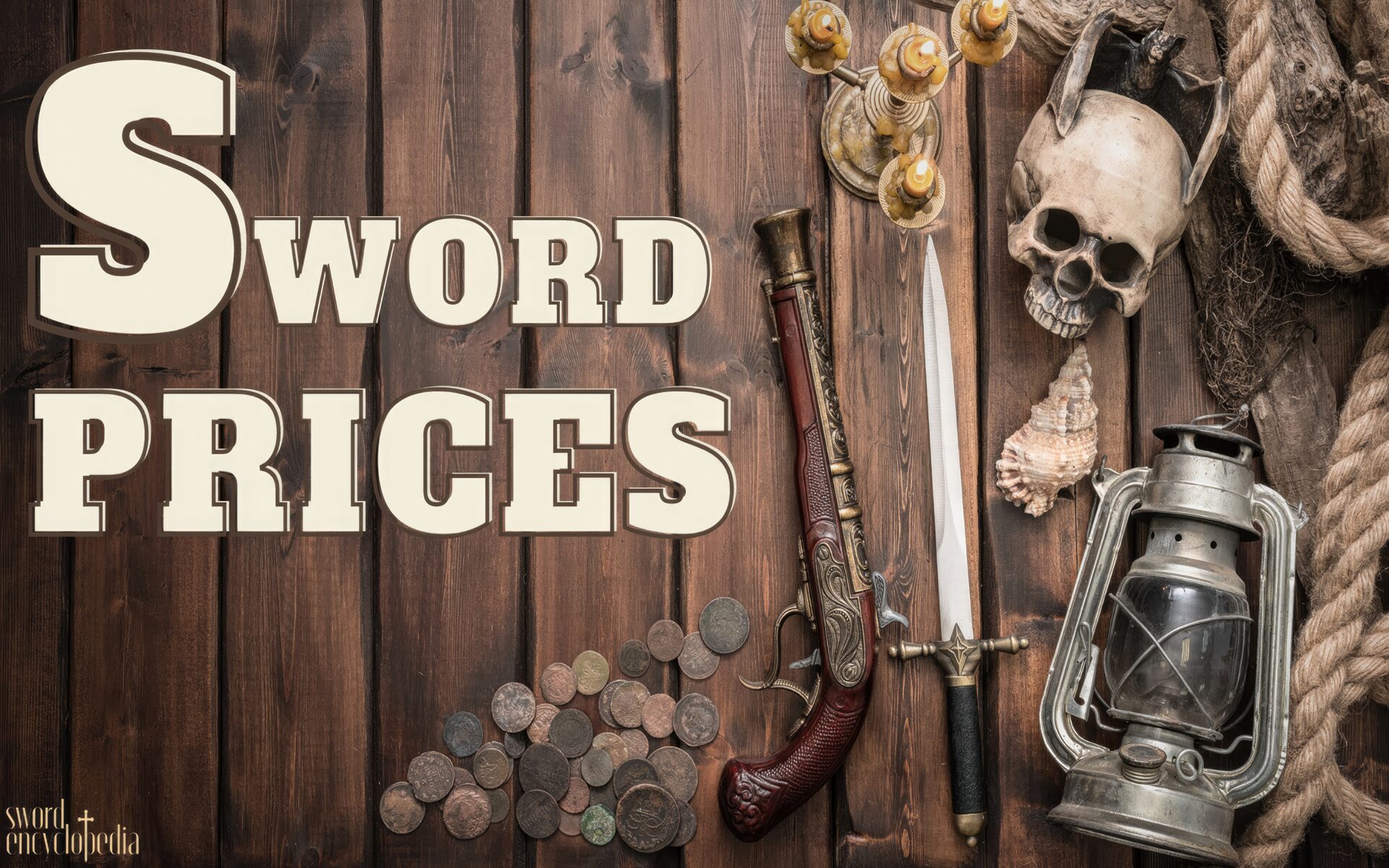
The price of a sword can vary significantly, from a modest $40 decorative wall hanger to a magnificent $100,000,000 relic that could have been used in historical battle. Whether you are looking at a blade used for martial arts, practical cutting exercises, or a handcrafted antique, their price tags will be unique.
Authentic and traditionally made blades carry a premium, while modern replicas will be more wallet-friendly.
KEY TAKEAWAYS
- Sword costs vary widely based on quality and type.
- Price influenced by materials, craftsmanship, and historical authenticity.
- Options range from basic replicas to premium historical swords.
Factors for Sword Prices
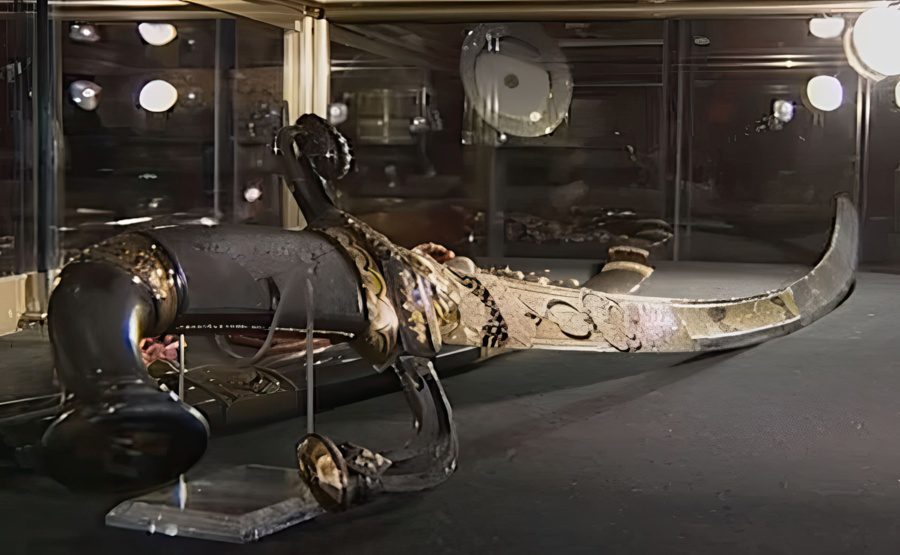
While many people may recognize a katana sword, prices can vary depending on the design and certain changes made to the weapon. Sometimes, these changes are unnoticeable until the blade is tested in cutting practice. Here are some of the most common factors that can affect cost.
- Authenticity – whether or not a sword is built by authentic swordsmiths
- Traditional Methods – using traditional or even outdated materials, such as craftable functional steel, and historical methods
- Antique – the antiquity and preservation of a sword
- Quality of Steel – the type of steel used to manufacture the sword, such as carbon, spring, or tool steel, will determine the price of a sword, as there are different levels of difficulty in working with various steels
- Experience of Swordsmith – some swordsmiths are renowned in the community and the prices of their swords can be higher thanks to their level of expertise
- Material of Fittings – smaller fittings and mountings can be designed with individual metals such as brass, copper, iron, or stainless steel. Other materials, such as silk, cotton, leather, cord wrap, and wood, will affect the final price of a katana
- Added Extras – some swords may come with an extra lanyard, tassel, paper wedges under the handle, or cord wraps. Swords may also include smaller utility knives, traditional maintenance kits, sword bags, scabbards, and even smaller swords, such as a daisho kit
- Inscriptions and Decorations – special motifs such as the pommel, handle, or guard can be etched on the sword’s fittings. The katana’s blade can feature inscriptions and decorations, such as Damascus visual patterns
- Functionality – Price will vary greatly depending on what the sword’s function will be, in terms of cutting practice and power, training, decoration, or cosplay
Different Swords and Their Costs
Although there are many types of swords, such as katanas, European longswords, Viking swords, and Chinese jian swords, prices are typically not determined by this.
Instead, a sword’s price tag is often reflective of the function, quality, and design of a blade and its fittings. Here are the different price groups for swords based on the previously mentioned factors.
1. Affordable Swords $40 – $150
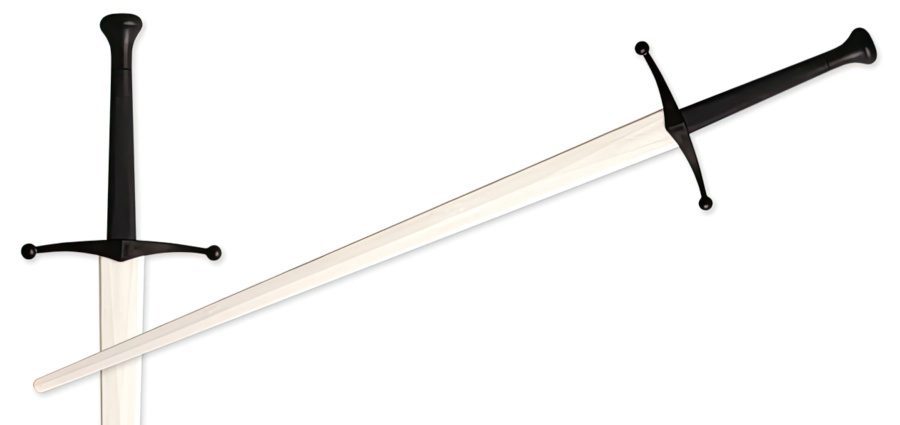
Affordable swords prioritize cost over high-quality materials and historical accuracy. They often use lower-end carbon steel for basic cutting practice or stainless steel for corrosion-resistant display pieces.
Ideal for beginners in sword martial arts, these swords come in various materials like bamboo, wood, aluminum, synthetic steel, and even foam for fantasy or anime role-playing.
2. Medium Priced Replica Swords – $100 – $400
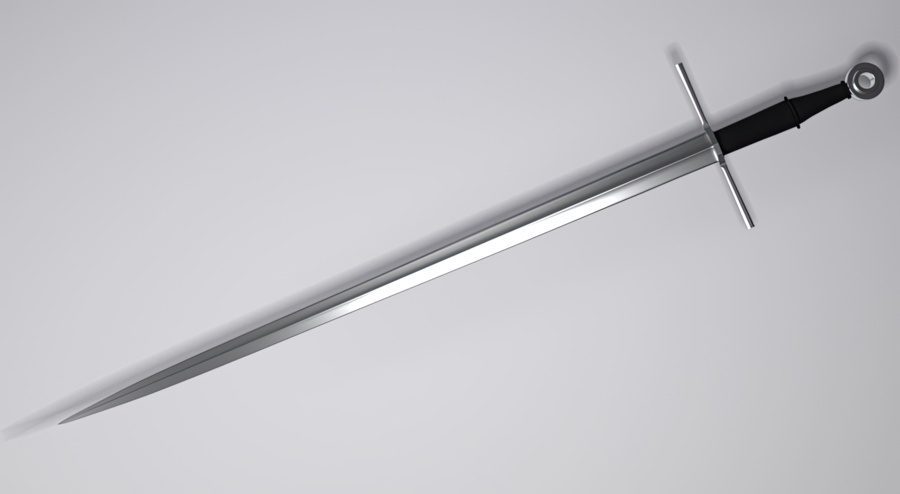
Mid-range swords, ideal for those new to sword collecting, offer functional quality without the highest-grade steel or traditional crafting methods.
Typically made with quality carbon steel like 1045, 1060, or tougher alloys like T10, they’re effective for cutting practices.
They may lack intricate details and fittings quality, but are aesthetically enhanced with options like etched or folded Damascus steel. This price range includes diverse sword types from Europe, Japan, and China.
3. Quality Replica Swords – $400 – $1,500
Quality replica swords are known for their cutting ability, improved durability, flexibility, and superior handling.
These swords are ideal for those seeking a high-performance blade without budget constraints. Made by reputable sword companies, they often use high-quality mono-steel with detailed craftsmanship.
The swords come with finely made fittings and scabbards, utilizing materials like brass, iron, and real silk. Some replicate traditional methods, including clay tempering for differential hardening in katanas or using multiple steels in lamination.
4. High-End Replica Swords – $1,500 – $4,500
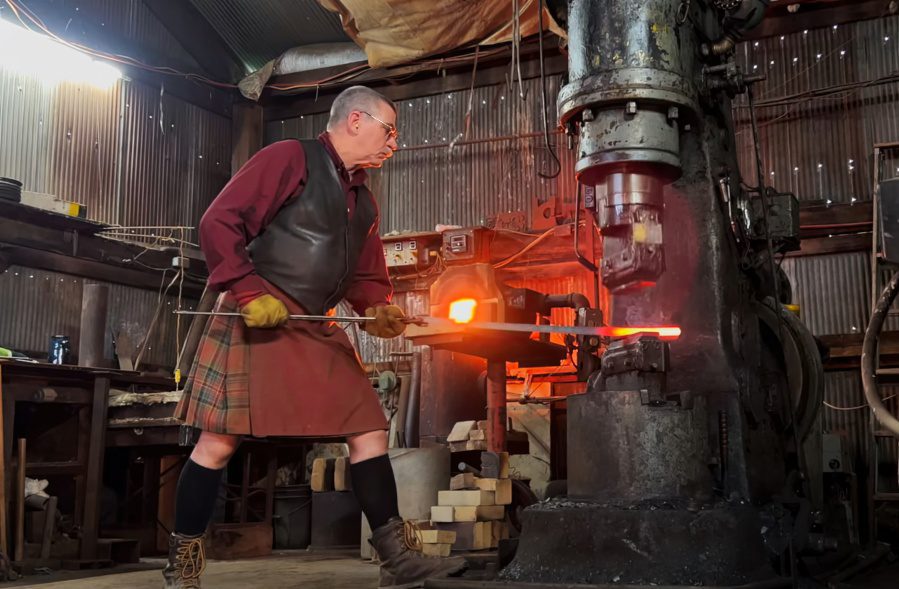
High-end replica swords prioritize unparalleled attention to detail, adhering to traditional methods and authentic materials like tamahagane steel katanas and horn fittings.
Made for modern performance, they often use advanced steels like L-6 bainite and S-7 shock steel.
These swords, crafted by a select few artisans, combine historical accuracy with contemporary efficiency, offering superior “battle-ready” quality, maintaining sharpness even under rigorous use.
5. New Japanese Authentic Swords (Nihonto) – $8,000 – $200,000
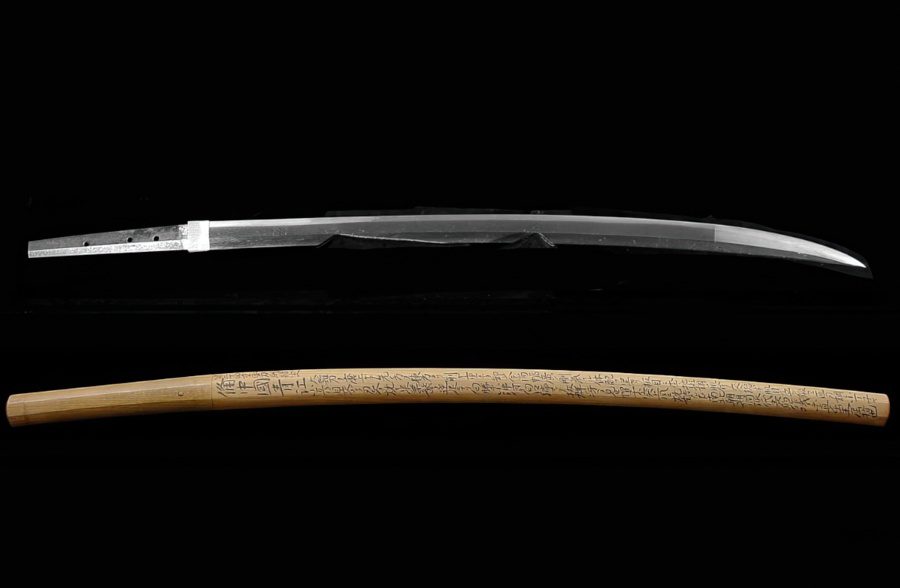
Nihonto are authentic Japanese swords crafted by trained swordsmiths using traditional methods and materials.
Prices start at $8,000 for those made by novice smiths, and can go up to $200,000 based on craftsmanship and the maker’s reputation.
Each nihonto undergoes expert evaluation for quality and cutting ability, and comes with a certificate authenticating its quality and origin.
6. Antique Swords – $1,500 – $100,000,000
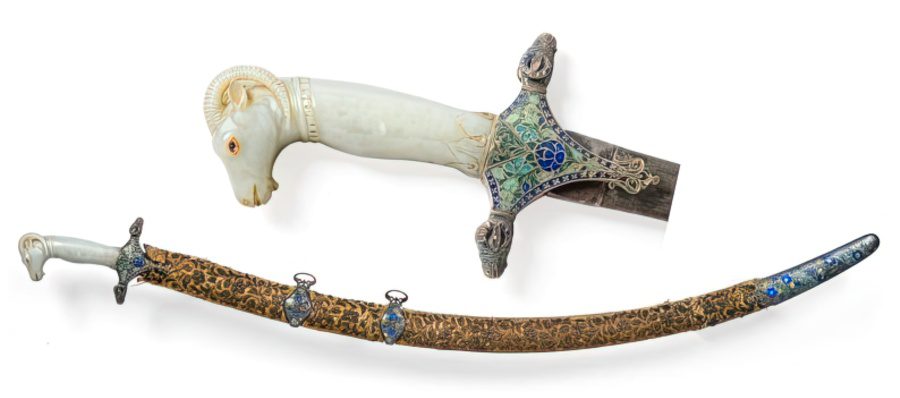
Antique swords, crafted centuries ago, have prices influenced by age, preservation, functionality, and historical importance. Auction prices also reflect ownership history and individual market preferences.
While the most expensive sword sold at auction reached $17.7 million, some antiques, like a specific Japanese tachi blade, are valued even higher, around $100 million.
